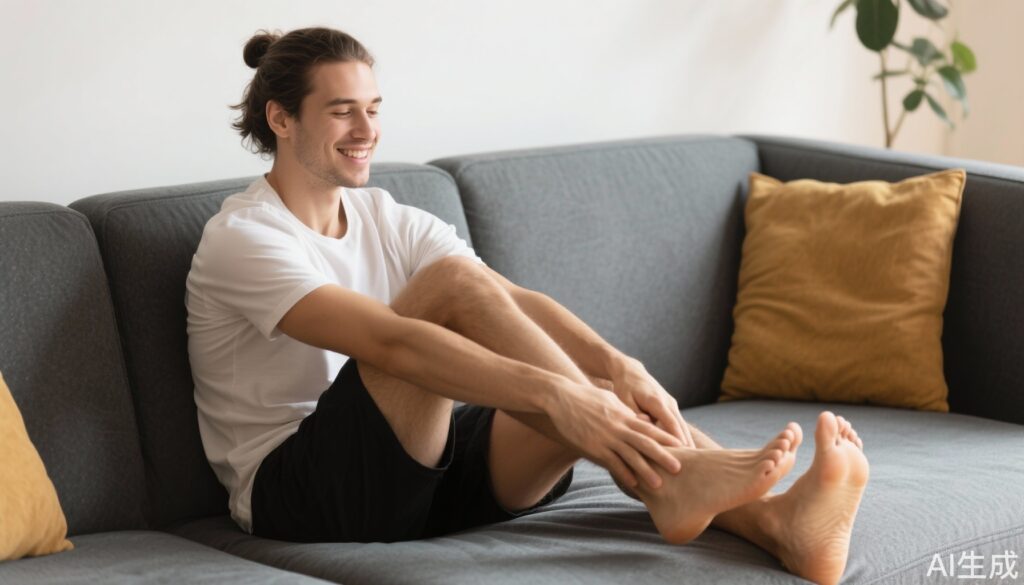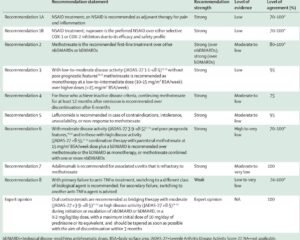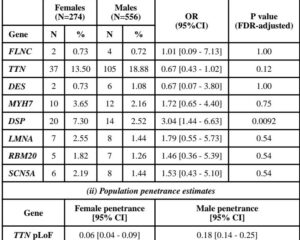Introduction
Blood clots are serious health concerns that can lead to life-threatening conditions if not addressed promptly. Animated by a fast-paced world filled with long hours of sitting, standing, or lying down, these so-called “silent killers” often go unnoticed until their effects are dire. Fortunately, it’s possible to take simple steps every day to prevent these dangerous occurrences. Among these steps, one surprisingly effective method exists without the need for gym memberships or specialized sportswear: the ankle pump exercise.
Understanding Blood Clots
Blood clots form when blood cells and proteins conglomerate, creating clumps that can block blood vessels. They can occur in veins (venous thrombosis) or arteries (arterial thrombosis), with deep vein thrombosis (DVT) being a common type of venous clot. Many imprecations—like prolonged inactivity including sitting during long flights, office work, or bed rest—can significantly increase the risk of clot formation listlessly affecting the lower legs more than other areas.
For example, consider Sarah, a 45-year-old office worker. Desk-bound for most of her day, she often feels fatigue in her legs but brushes it off as merely a byproduct of her work routine. Unbeknownst to her, without regular movement, her blood flow is diminishing, and her risk of developing DVT increases. Stories like Sarah’s highlight the importance of awareness and preventative measures in our daily lives.
The Benefits of Ankle Pump Exercises
Ankle pumping involves simple movements—flexing and relaxing the foot—that stimulate circulation in the lower limbs. Here’s how these small actions can yield incredible benefits:
1. **Boosts Venous Blood Flow:** By mimicking muscle contractions, ankle pumps propel blood through the veins, improving venous return to the heart and reducing the possibility of clots.
2. **Prevents Swelling:** Regular practice can help prevent or reduce the dreaded condition of edema, a common issue characterized by swollen legs from fluid buildup.
3. **Promotes Muscle Strength:** Ankle pumps help maintain muscle tone in the lower legs, assisting in the preservation of mobility, especially for those who may be elderly or less active.
4. **Relieves Stiffness:** These movements can enhance flexibility and reduce discomfort from prolonged inactivity, keeping joints limber and healthy.
How to Perform Ankle Pump Exercises
Performing ankle pump exercises is one of the simplest forms of movement you can incorporate into your day. Here’s how to do it:
1. **Sit or Lie Comfortably:** Find a comfortable position either sitting on a chair or lying down. Ensure your feet hang freely if sitting.
2. **Foot Flexion:** Flex your feet by pointing your toes towards yourself (as if you are trying to touch your nose with them). Hold this position for 5-10 seconds, feeling the stretch in your calf muscles.
3. **Foot Extension:** Reverse the movement by pointing your toes away from you. Again, hold for 5-10 seconds.
4. **Circles:** Rotate your feet in circular motions, about 360 degrees, ensuring to work through the full range of your ankle joint.
5. **Repeat:** Aim to repeat the cycle of flexing and extending for 20-30 times as tolerated, several times throughout the day.
Expert Recommendations for Healthy Practices
Complementing ankle pumps with other lifestyle adjustments can substantially reduce blood clot risks. Here are several recommendations:
– **Avoid Prolonged Inactivity:** If you’re working at a desk, set reminders to get up and perform ankle pumps or stretch intermittently.
– **Stay Hydrated:** Drinking adequate water helps maintain blood viscosity and circulation; aim for around 2 liters daily, adjusting for individual health needs and conditions.
– **Healthy Diet:** Diets rich in fruits, veggies, and whole grains can bolster overall vascular health. Limiting processed foods can also reduce risk factors associated with blood clotting.
– **No Smoking:** Smoking damages blood vessels, making clot formation more likely, so quitting is essential.
Conclusion
Incorporating simple movements like ankle pumps into your daily routine could be a game-changer for your health, particularly in preventing blood clots. As highlighted through the journey of people like Sarah, these exercises stand as a small but mighty practice. They not only benefit cardiovascular health but also enhance your overall well-being and mobility. Along with mindful lifestyle choices, they form a comprehensive plan against blood clots’s dangers and help us all live healthier lives.



